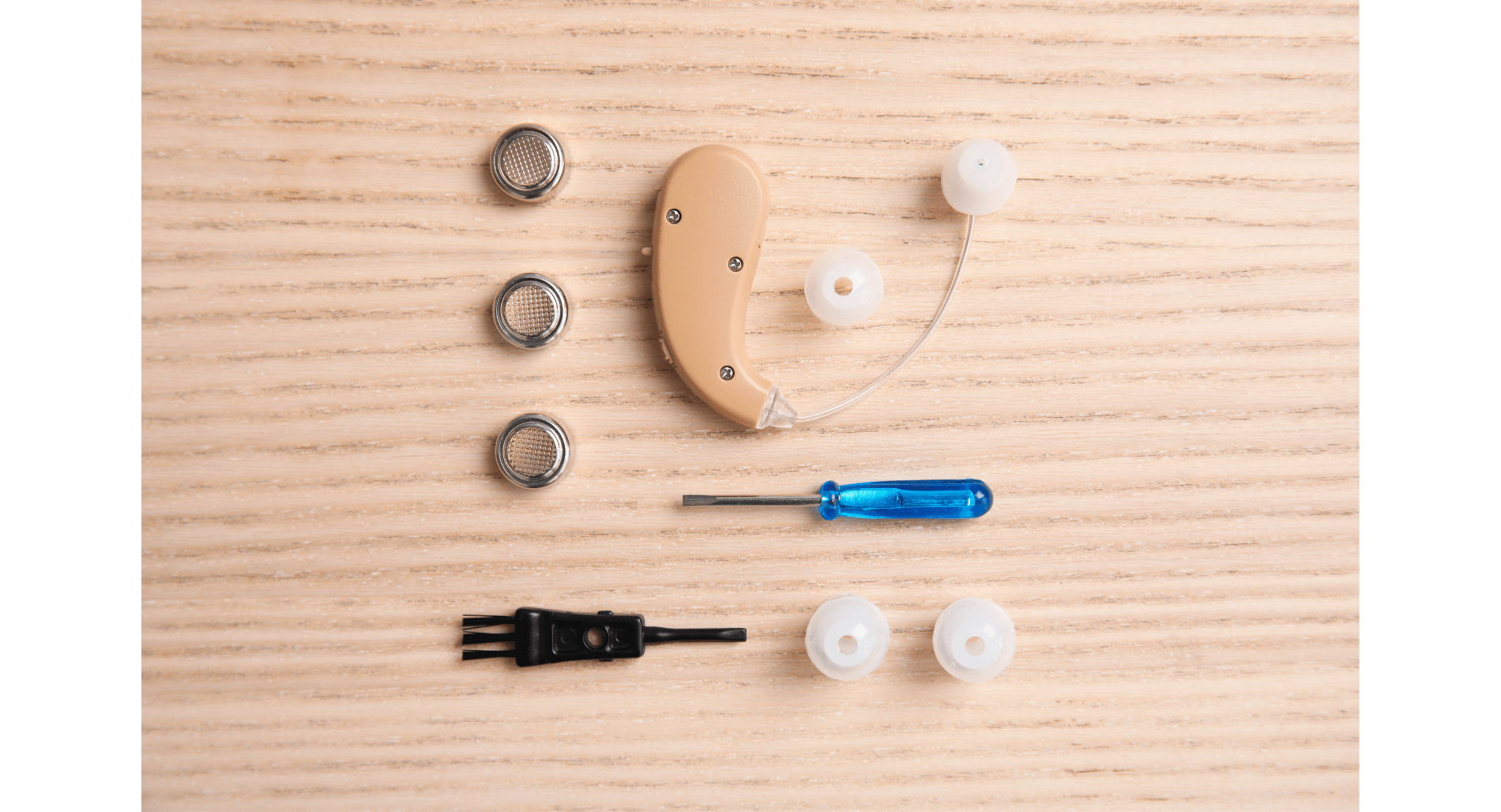
In the diverse tapestry of communication, fostering understanding and connection is a shared responsibility. For individuals who wear hearing aids, effective communication involves a two-way street where both speakers play crucial roles. In this blog, we’ll explore hearing aid user etiquette—a set of tips designed to enhance communication, ensuring that conversations are smooth, respectful, and inclusive for everyone involved.
Face the Speaker
When engaged in conversation, make a conscious effort to face the speaker directly. Clear visibility of facial expressions, lip movements, and body language can significantly aid in comprehension. By facing each other, you create an environment conducive to effective communication, allowing the nuances of non-verbal cues to complement spoken words.
Maintain Eye Contact
Eye contact is a powerful communicative tool. It not only conveys attentiveness but also facilitates connection. For individuals with hearing aids, maintaining eye contact can be especially beneficial as it helps them focus on visual cues that contribute to understanding the conversation more fully.
Speak Clearly and at a Moderate Pace
Articulation and pace are pivotal elements of effective communication. Speak clearly, enunciate your words, and avoid rushing through sentences. A moderate pace not only assists individuals with hearing aids but also benefits the overall clarity of communication, creating an inclusive and welcoming environment for all participants.
Minimize Background Noise
Background noise can pose challenges for individuals with hearing aids. Whenever possible, choose quiet environments for discussions, minimizing unnecessary distractions. Turning off the television or moving away from noisy machinery can significantly enhance the auditory experience for those relying on hearing aids.
Rephrase Instead of Repeating
If a message is not clearly understood, consider rephrasing rather than repeating the same words. Sometimes, a slight change in wording or context can provide additional clarity. This approach promotes effective communication without causing frustration or discomfort.
Use Visual Aids
Incorporating visual aids, such as written notes or gestures, can be valuable in reinforcing verbal communication. If discussing important details, consider jotting down key points or using visual cues to complement spoken words. This dual-channel approach enhances understanding and ensures that important information is conveyed accurately.
Be Mindful of Group Conversations
Group settings can be challenging for individuals with hearing aids due to multiple speakers and overlapping voices. In such scenarios, try to speak one at a time, avoid interrupting, and ensure that everyone has the opportunity to contribute. Consider moving closer to the person with hearing aids or using a microphone in larger gatherings.
Ask for Feedback
Open communication includes a willingness to seek feedback. Encourage individuals with hearing aids to share their preferences and needs. Whether it’s adjusting volume levels or choosing a quieter location, this collaborative approach fosters a sense of respect and understanding.
Patience and Empathy
Patience is a virtue, especially when communicating with individuals who wear hearing aids. Allow time for information to be processed, and be understanding if clarification is needed. Demonstrating empathy and kindness creates an atmosphere where everyone feels valued and heard.
Educate Others
Promoting awareness of hearing aid user etiquette goes a long way in creating an inclusive society. Share these tips with friends, family, and colleagues, fostering a collective effort to make communication accessible and enjoyable for everyone.
Effective communication is a shared responsibility that transcends individual preferences and capabilities. By embracing hearing aid user etiquette, we contribute to a more inclusive and understanding world. These simple yet impactful tips empower both speakers and listeners to navigate conversations with grace, ensuring that everyone can actively participate.

A Comprehensive Look at Conductive Hearing Loss
Matthew Favinger, M.S., F-AAA

Why Your Ears Hurt
Matthew Favinger, M.S., F-AAA

